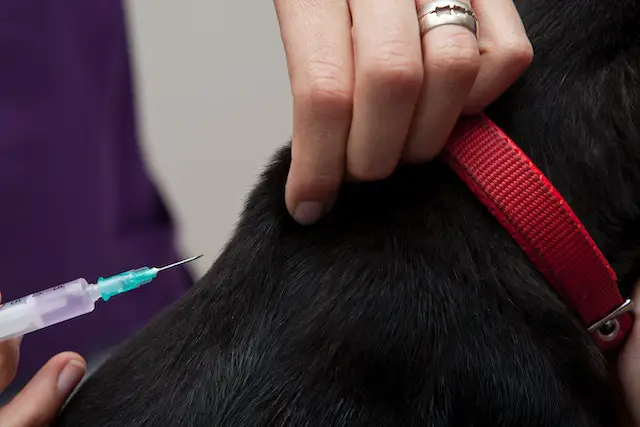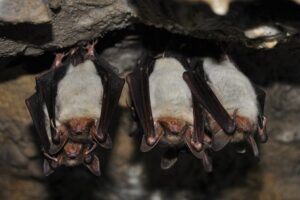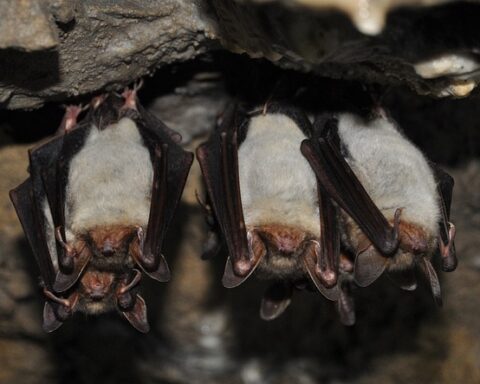As a pet owner, you want to be aware of the many factors that can impact your furry companion’s health. While many people wait until signs of illness present themselves, recent research from IDEXX suggests that preventative screening is a far better practice. This research showed that 15% of adult cats and dogs that undergo preventative screening will have issues that need follow-up care while as much as 42% of geriatric cats and dogs will have issues that require treatment. Therefore, preventative diagnostic screening is best undertaken at a young age.
Why should you learn to read lab results?
Whether your pet is having routine checks or there are specific issues that you have concerns about, knowing how to read the lab report that your vet provides is very helpful. You may see abbreviations like BUN, ALKP, or HCT in your pet’s diagnostic results, but don’t be intimidated. There are meanings in these jumbled letters. Knowing how to read your pet’s lab results can give you a sense of control in otherwise stressful times. What’s more, you will be able to ask specific and targeted questions at the right time.

Common diagnostic tests for senior pets
There are a range of screening tests and diagnostic tests that a vet could recommend to help you understand your pet’s health, but these two tests are some of the most common. This is because these tests, when taken together, cover a broad range of issues and warning signs for a range of common ailments that domestic pets of all sizes can face.
Complete blood count (CBC)
A complete blood count, or CBC screening, is a common diagnostic test that measures an animal’s overall health by measuring red blood cells, white blood cells, and platelets. A CBC test can provide information about hydration, immune system health, bone marrow diseases and issues, the presence of certain cancers, and deficiencies, such as anemia. Here are the abbreviations you might see on your pet’s CBC (and their meanings):
- RBC: Red blood cell count, may also be seen in conjunction with HCT (Hematocrit) and HGB (Hemoglobin). Can indicate issues like anemia.
- MCH: Mean cell hemoglobin, often seen alongside MCHC (mean cell hemoglobin concentration) can also indicate issues like anemia.
- RETIC: Reticulocytes, indicating a growing number of immature red blood cells.
- WBC: White blood cell count.
- PLT: Platelets, often seen with PCT (Platelet crit). Both can indicate bone marrow and coagulation issues.
- MPV: Mean platelet volume.
Urinalysis
Urinalysis is another highly common screening test performed by vets, as the results can indicate the presence of a wide range of hormonal, urinary, and reproductive issues, infections, or inflammations, as well as the presence of certain types of cancer. When you see your pet’s urinalysis report, you may notice abbreviations, such as:
- UPC: Urine protein/creatinine ratio. Can indicate the presence of early kidney disease and potential protein loss through the kidneys.
- PRO: Protein. A large amount of protein in urine indicates kidney disease.
- pH: Acid-alkaline status of urine. Indicates whether an animal is well hydrated.
- KET: Ketones, indicate the rate and amount of lipid breakdown.
- GLU: Glucose, excessive glucose, or sugar in the urine, is a sign of diabetes.
- BIL: Bilirubin, high levels indicate the presence of liver problems and diseases in certain animals (particularly cats).
What to do if you still have questions
Your vet should explain the meaning of your pet’s lab report to you, but if you have further questions, there are plenty of online resources that can help. Reading your pets’ different diagnostic reports properly is a matter of time and practice, so don’t be afraid to seek help and explanation from others.










